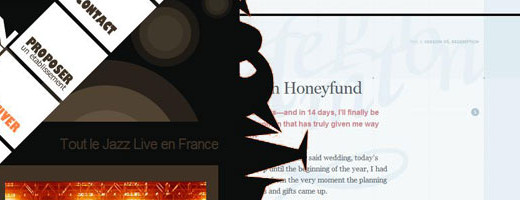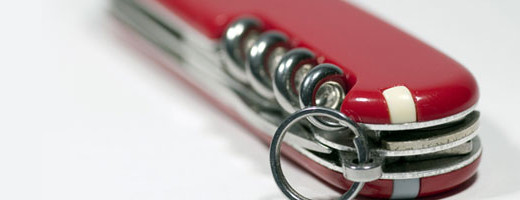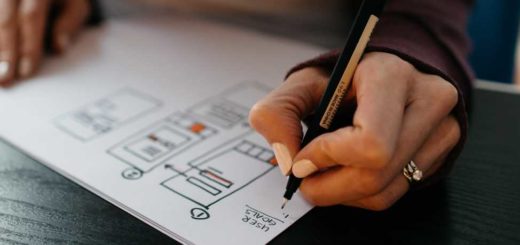Quality VS Quantity in Creative Projects
0We learn during our school years to do the work the right way and create perfect results that show the skills we have acquired through our studies. But does this really matter in real life? Many young designers start their first design jobs with great expectations and are ambitious to use all their creative skills and power in their work. However, this is not the case in real life; they are shocked by what a real business needs.
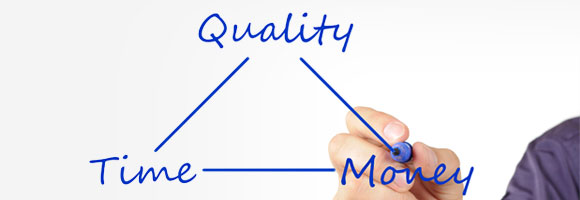
While a small number of companies pay much attention to creativity compared to the time and cost of the design, many companies and clients keep pushing on the design to finish their work fast and for as cheap a price as possible, even if this may affect their comfort and creative mind in a bad way.
When a designer is working for a big firm with a large workflow, this dilemma becomes much easier because they only follow the rules and the steps to connect the chains of the work process, as if they were a small gear in a big production machine. The problem becomes harder for self-employed designers or designers who work for small firms where one person is in charge of many parts of a big project.
In this article we will try to briefly shed light on the problem of the debate that many beginner designers face in their first job: choosing between quality and quantity in their workflow.
Pros and Cons for quality
Let me start with the Cons. Do you really think there are Cons about high quality work? The default nature of humans is to seek perfection or high quality and this is the reason that makes us all think that high quality work cannot have Cons.
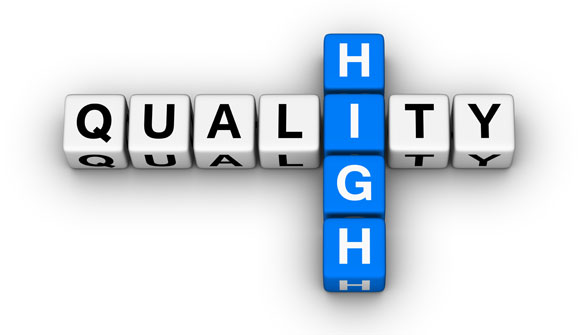
Image by shutterstock
Yes, this is true when you are working in an isolated environment or aren`t affected by other factors, such as time and the cost of the project. Actually, reaching the highest quality – which equals creativity in design work – requires much more effort and time than regular tasks. This means that seeking the highest quality in the output can affect other factors badly as below:
1- The higher quality you seek, the more time, resources and cost the project will consume.
2- High quality or creativity requires equivalent skills, such as the ability to take the design to the next stage of creativity.
3- The extra stage you add to the project to reach this level of high creativity design can open the doors to more feedback and comments from clients. This is something most teams hate, especially when they are working in a limited timeframe.
No doubt that good quality work and creative output gain many other Pros and benefits in the business, such as the following:
1- High quality work leads to a good product that gains the client satisfaction (Making Sense of Clients’ Inputs).
2- Eventually, it will enhance your reputation in the market
3- Remarkable design unifies your work in the market, so clients will know you are different from others by viewing your work or designs (How Sketching on Paper Can Change Your Designs).
4- Build a future profile that can attract more clients and business.
5- It gives self-satisfaction to the designer due to the ability to create acknowledged work for clients and the market.
Pros and Cons for quantity
Quantity refers to the speed of the workflow and the ability to produce more output, which, in our case, is design work. Obviously, speedy work produces lower quality, especially when there is not a good planning during the project.
If you are one of those designers who like to spend time on brainstorming and analyzing your ideas well before you start working, you would probably hate this factor (How to Grow as a Designer or Developer). But the truth is that your client would love it in many cases, especially when they are not creative enough to judge how time and speed can affect the final result of your work.
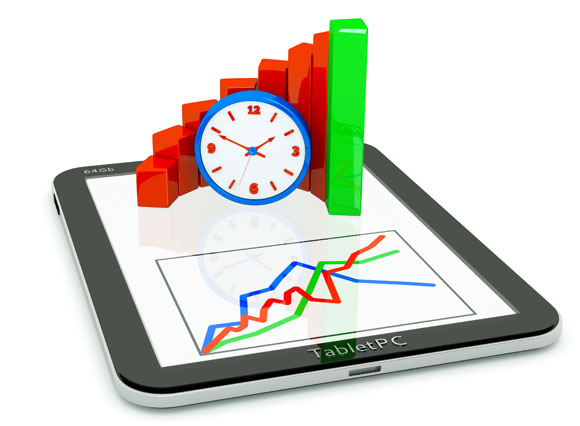
Image by shutterstock
In other words, the speed of your work can have Pros and Cons as well similar to what we described in the quality factor. So let us see part of the Pros of a speedy workflow:
1- It takes less time and lower costs to finish which makes your client more satisfied.
2- It saves time for you to invest in other projects.
3- Some clients need urgent jobs and the fast delivery can attract this type of clients.
4- Suitable way in the time of crisis and critical project status.
Although fast delivery may look attractive for many clients, it also has some cons, such as:
1- The speedy work affects the quality of the delivered product.
2- A fast project usually does not allow enough preparation for creative ideas, which makes the final output not creative enough.
3- The final product may appear on the market with bugs and issues due to the lack of testing and analyzing time.
4- A fast project does not give you the chance to understand the project and its requirements and so the final design may not serve the product goal or message that the client needs to deliver to the final user.
The sense of design management
Every designer should have some kind of good self-management during the project, even when he or she is working under a team manger or department manager (How to Keep Yourself Updated While on the Road). This self-management can be applied to your design tasks that are part of the whole project process.
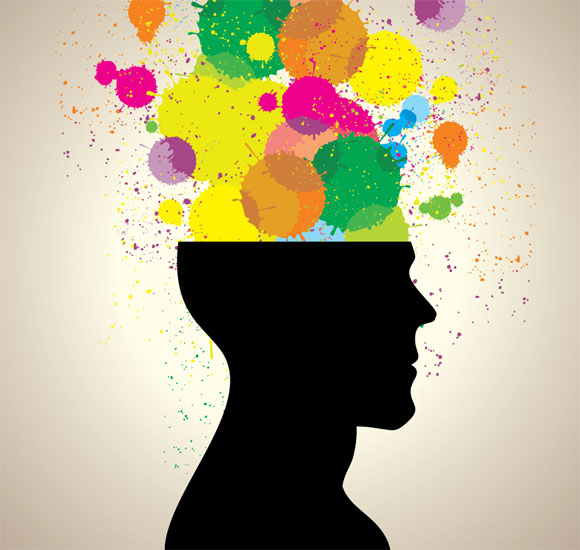
Image by shutterstock
These self-management skills help you to gain the pros of both quality and speedy work without losing any while doing your design. Here are some tips that will help you manage your design workflow efficiently to get the most out of the time and effort that you spend on the project to help you create a unique and creative final product in a challenging time:
The sacred idea developing stage
No matter how urgent the project may be, the idea developing stage is very important. You can take a short time before the project starts to do brainstorming about the design and analyze the input and the client’s feedback. This helps you to start thinking in the correct creative direction that meets the needs of the project.
The idea developing can be done through creating drafts and researching similar projects. Also, do not forget to keep a pen and paper next to you everywhere as you can always find the time to do your brainstorming on the bus, in the garden or even in a café.
Template or not to template
In a previous article we discussed the 7 sins of using templates. However, templates can be useful to increase the speed of your work, as you will not need to create the design elements again and again, but you can use template elements such as draft layout, template and standard buttons and standard shapes.
You do not have to create these elements over and over again with every project, just keep a library of the resources and the websites that can provide resources for your work and start by using them to speed up your design workflow (High Quality Portfolio Showcase Free WordPress Themes).
Checklists and workflow time management
Checklists are very important to keep track of your work progress during the project and through all your projects. During every project, keep a checklist with the steps of the workflow and mark the finished steps while you progress in the project. For example, you can do a checklist for the process starting from brainstorming and moving to the final testing and delivery.
Another type of project checklist is the clients’ needs, such as the type of design theme, color, font size, style, etc.
Also, you can create a checklist or a timetable that indicates the time of each small module in your work through the projects. This helps you to give the exact time for each design job. For example, you can create the table that includes the estimated time you spend on creating specific types of pages, the time you spend on editing a number of images and the time you spend on finalizing the design task, such as logo design or animated banners.
Although this may be something for the project manager or team leader to do, you still need to do this on a smaller scale for your own tasks and projects to ensure the excellence of your work.
Smart workarounds and automated actions
Understanding the tools that you work with in your design helps you to get the most out of it and speed up your workflow through using shortcuts and clever workarounds. For example, you can use the Actions in Photoshop to apply some steps on a number of images, which can save a lot of time during your work.
Also, you can use features, such as the batch rename in Adobe Bridge, the ready-made animation presets in Flash and so on to improve your workflow and do the ordinary tasks fast and leave more time for the creative parts of the job (50+ Photoshop Actions to Improve Your Workflow).
Bottom line
Managing your creative tasks and projects in a clever way can help you save time and effort. Subsequently, you can save part of this time and effort for more brainstorming and think of creative an innovative designs that will mark your work, while keeping the time and cost of your projects challenging.
In my opinion, these tips can be applied in various fields where the projects require both special and common skills, such as industries that require investigations and researches before working in the project process.


